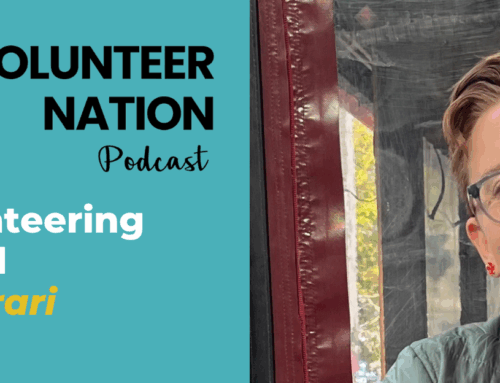 How to Crush Volunteer Satisfaction Surveys For Better Results
How to Crush Volunteer Satisfaction Surveys For Better Results
Volunteer satisfaction surveys can help you take the pulse of your volunteers. They help you understand volunteer preferences and their current state of satisfaction. They also may predict what factors have an impact on whether a volunteer decides to stay or leave.
Too often, however, surveys are poorly designed and communicated, resulting in poor response rates and results that may or may not be trustworthy. Below are a few common mistakes, made specifically around how and when communications occur around volunteer satisfaction surveys.
Take a look and see if you’re making any of the common mistakes listed below.
Do You Make These Mistakes in Your Volunteer Satisfaction Surveys?
1) Not Identifying Why the Survey is Needed – Before writing a single question, it’s extremely important to define the purpose for the survey. In the case of volunteer satisfaction surveys, the purpose should be something more than simply to tracking general volunteer satisfaction trends or “because we always survey our volunteers at the end of the year.” If you don’t take time to understand what specific wisdom you are seeking, you won’t end up with the answers you need. Before writing, ask yourself, “What three things do we really want to know about our volunteers?” This will be the foundation of all of your communications about the survey going forward.
2) Not Explaining to Others Why the Survey is Needed – Even though you know why the survey is needed, others may not understand. You won’t receive robust responses if your volunteers don’t know why you are surveying them and how the information you gather will increase their satisfaction. Don’t assume the importance of the survey is obvious. Include a shortlist of survey goals in your survey instructions and send out a fact sheet about the survey before you distribute it.
3) Not Reassuring Volunteers Their Anonymity Will Be Protected – Volunteers may tell you that they don’t mind it if everyone hears their feelings, but you can’t assume that’s true for everyone. Encourage volunteers to give you honest and candid feedback and ensure the data collection method you select for the survey to protects their anonymity. If you use software, make sure the results are not associated with their individual emails or IP addresses. If you’re using paper surveys, have someone who does not know the volunteers’ handwriting do the data entry for you. Be sure to restate that the surveys are anonymous in the survey invitation and
4) Not Allowing for General Comments in the Survey Questionnaire – Open-ended survey responses are more difficult to analyze, so it’s best to keep these at a minimum. Unless you have a lot of data analysis time on your hands, do not create a survey with a lot of open-ended comment boxes. However, it’s important to include at least one open-ended question that allows respondents to put whatever they’d like in it. I usually ask something like “Is there anything else we should know?” or, “Is there anything else you’d like to share?” You might be pleasantly surprised by what you learn.
5) Not Following Up With Survey Respondents – If you don’t report out the survey results and what you plan to do about the feedback, in a timely manner, you’ll leave volunteers feeling disempowered and unenthusiastic about taking the survey next time. If you have a morale issue, it may even make things worse. Within a few weeks of the survey’s close, tell volunteers what you learned! Tell them what you plan to research further, and your next steps. You won’t have a full action plan right away, but report to volunteers any key insights and preliminary action items.
6) Not Connecting Future Change to the Survey – Don’t assume that the changes you make because of volunteer satisfaction survey comments are obvious to volunteers. Sometimes changes happen months after a survey is administered and people just plain forget what they said. So, when you’re instituting a change related to volunteer feedback, preface it with “Your responses to the volunteer satisfaction survey taught us that (or helped us better understand that) [insert your key learning]. For this reason, we have decided to make the following change — [insert change]. We hope you’ll continue to provide us feedback about how it’s going and how we can continue to be responsive to your needs.”
The Bottom Line?
It’s important to communicate with volunteers before, during, and after you distribute a volunteer satisfaction survey. The more volunteers believe their words have power, they more they’ll be willing to share well-reasoned suggestions. Sounds like a win-win for all!
What are your tips for better survey communication? Add them to the comments box below.







Leave A Comment